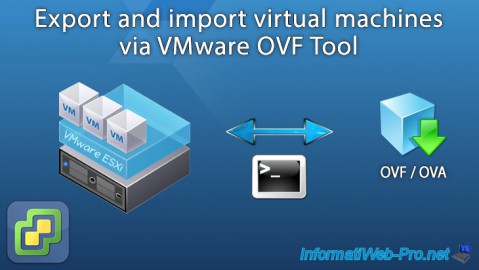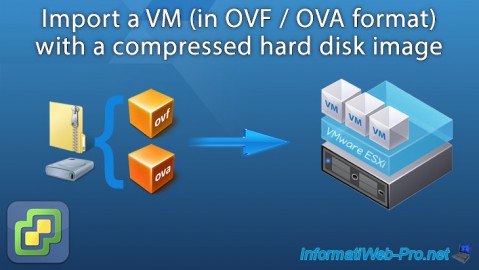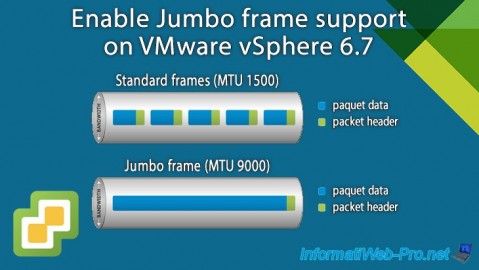Use VMware vSphere (6.7) APIs array integration (VAAI)
- VMware
- VMware vCenter Server (VCSA), VMware vSphere
- 27 September 2024 at 11:14 UTC
-

- 7/7
7.13. Testing UNMAP from the guest OS
If you install a compatible guest OS, you will also be able to trigger this UNMAP process from the guest OS.

As you can see, currently our virtual hard drive size is around 16 GB.

On our HPE, the displayed space consumed is approximately 15 GB.

In the guest OS, Windows 10 tells us that there is currently around 25 GB of free space in its "C" partition.

To test UNMAP, we took a large file and duplicated it twice.

Now there is only about 10 GB free.

Now VMware tells us that our VM's virtual hard drive is approximately 31 GB in size.

Our HPE server tells us that the space consumed is around 30 GB.

We delete large files from the guest OS.

And the size of the virtual hard disk has almost not changed.

To free up space in the virtual hard drive, you will need to use the "Defragment and Optimize Drives" application available on Windows.
To do this, search for "optimize" in the start menu.
Source : Thin Provisioning - Windows drivers | Microsoft Learn.

Select the drive (partition) where you just deleted the large files and click Optimize.

Once the optimization is complete, you will see the message "OK (100% space efficiency)" appear.

As you can see, the size of the virtual hard disk has decreased.

For the freed space to be taken into account instantly by your HPE server, run the command again:
Plain Text
esxcli storage vmfs unmap --volume-label="HPE iSCSI Datastore"

As expected, the space consumed on your HPE server has also decreased.

Share this tutorial
To see also
-

VMware 8/24/2022
VMware ESXi 7.0 / 6.7 - Export and import VMs via VMware OVF Tool
-

VMware 8/31/2022
VMware ESXi 7.0 / 6.7 - Import a VM (OVF / OVA) with a compressed hard disk
-

VMware 8/23/2024
VMware vSphere 6.7 - Enable Jumbo frame support
-

VMware 2/5/2025
VMware vSphere 6.7 - Use persistent memory (PMem) via NVDIMMs modules

No comment